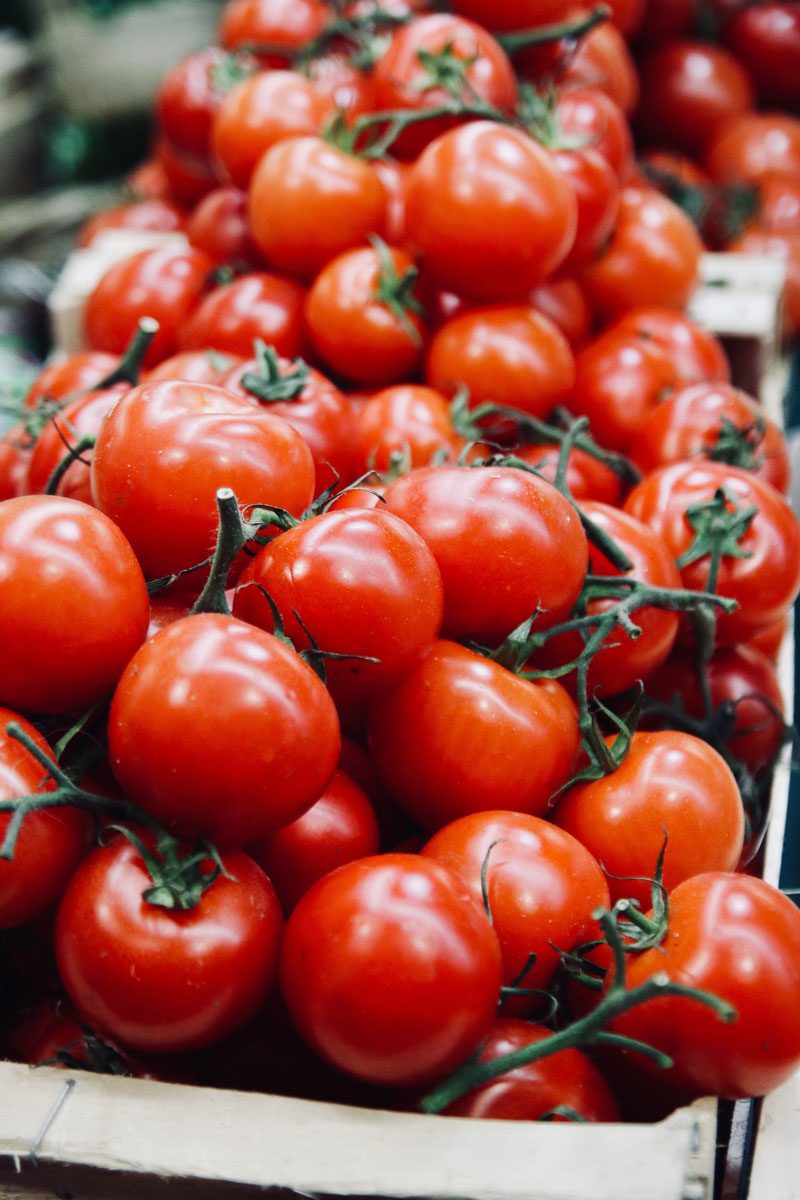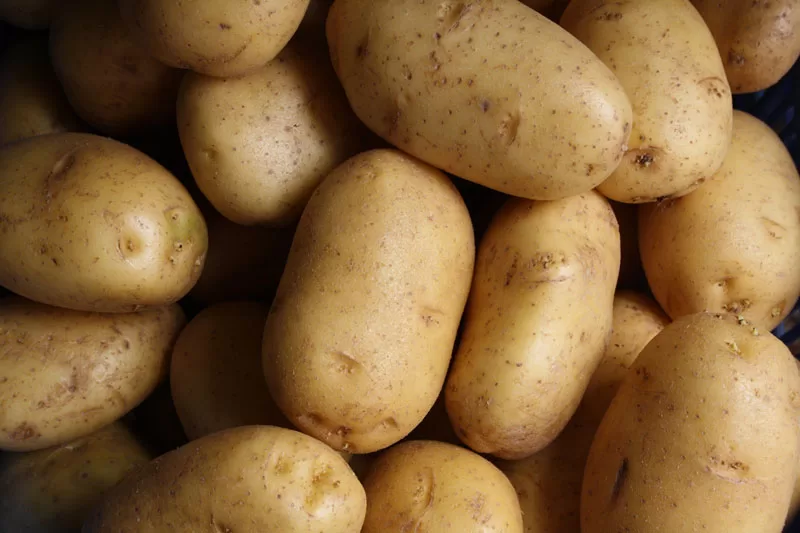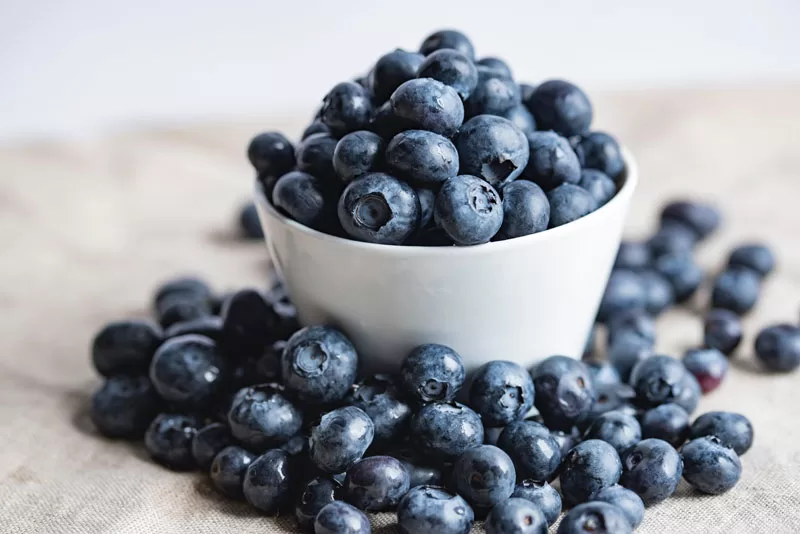
Sure, you can find your favorite fruits and vegetables in supermarkets year-round. But we all know that, unlike in-season foods, out-of-season food tends to be pricey, bland-tasting, and contain fewer nutrients. So, make sure to take full advantage of this summer season and enjoy the wide range of summer fruits and vegetables available. If you want to learn what foods are harvested in the season of summer, here are just some examples as well as the health benefits associated with Summer foods.
Strawberries
You will see strawberries sold in early spring, but these strawberries may not be worth much in terms of taste and health benefits. According to an article published in Critical Reviews in Food Science and Nutrition, the nutritional profile of strawberries can be significantly affected by agricultural practices, storage, processing methods, and types of strawberry cultivars. In other words, eating low-quality strawberries is the equivalent of drinking a glass of water. But on the other hand, organically grown strawberries are a great source of phytochemicals, vitamin C, folic acid, and antioxidants.

Tomatoes
You’ll definitely recognize a good tomato when you taste one. A ripe tomato should have a very sweet and slightly acidic taste and the peel should have a delicious smell to it. But other than tasting great, tomatoes are a great source of vitamin C, calcium, magnesium, and most importantly – lycopene. Lycopene is a type of non-provitamin vitamin A that numerous studies linked to a reduced cancer risk. Lycopene was found to function as a potent antioxidant, much stronger than vitamin C or E. The antioxidant action of lycopene can also protect against heart disease and neurodegenerative disorders. Tomatoes can also be used as a beauty treatment with some claiming that crushed tomatoes applied topically help with oily skin.
Romaine lettuce
Romain lettuce is a low-calorie vegetable that you can enjoy all summer long. By including romaine lettuce in your daily salads, you’ll be getting plenty of vitamin K, vitamin C, vitamin A, and folate. Unfortunately, romaine lettuce is not rich in fiber like other leafy greens so don’t expect romaine lettuce to help you with digestive issues. As far as the health benefits of romaine lettuce go, studies have found that the pyrochemicals in romaine lettuce protect the brain from oxidative stress. Specifically, romaine lettuce contains caffeic acid derivates that protect brain neurons from free radical damage.

Garlic, onions, and chives
These plants belong to the same Alliaceae family thus sharing the same properties in terms of nutrition and health benefits. All three vegetables are also in season during summer and are most often used in food seasoning. According to a study published in the journal Molecules, all three plants exhibited strong antimicrobial and antioxidant activity. These plants are, however, low in key nutrients but they still work wonders on your health which is why you’ll see them often cited as medicinal plants. Some of the health benefits associated with a higher intake of garlic, onions, and chives include a reduced risk of stomach cancer, better cardiovascular health, and a stronger immune system. However, the effect was strongest when the vegetables were consumed raw as heat processing tends to lower a plant’s antioxidant capacity.

Potatoes
Most people tend to associate potatoes with a poor diet. The reason probably is that potatoes are usually prepared in ways that make them seem unhealthy. Just consider French fries, gravy with mashed potatoes, and oven-roasted potatoes loaded with butter. But if you prepare potatoes the right way, you may actually get a nutrient-dense meal that’s also good for your health. An article published in Clinical Reviews in Food Science and Nutrition explains that potatoes are high in vitamin C, B vitamins, and potassium. Potato skins are a good source of fiber and some compounds in potatoes were also found to work as antioxidants. To get the most health benefits out of potatoes that are in season during summer, consider making jacket potatoes, mashed potatoes with yogurt, and potato salads.

Blueberries
Blueberries are in season year-round because you’ll find them being grown in tropical climates as well as continental ones. However, to keep it simple, if you’re living in the Northern Hemisphere, you’re more likely to find fresh blueberries in the summer. The antioxidant-rich berries were found to help with a wide range of health problems from high blood pressure, heart disease, certain types of arthritis, and Alzheimer’s disease, to cancer. Blueberries are also a great choice if you frequently suffer from anemia. Around 100 grams of blueberries will provide you with 30 milligrams of iron. While this amounts to only 3% of the daily value of iron, we expect that you’ll be eating other sources of iron in addition to blueberries so these numbers will inevitably add up. Other than that, blueberries are rich in vitamin C which is a nutrient important for iron absorption.
Conclusion
Among the many things we all appreciate in the sunny summer season is the abundance of fresh summer fruits and vegetables. Not only are fruits and vegetables harvested in summer tastier, but they also tend to pack more in terms of nutrients and antioxidants. From preventing chronic diseases to fighting cancer, the summer fruits and vegtables listed here can help you keep your health in check. So, make sure to buy these seasonal foods for better health this summer season.
Leave a Reply